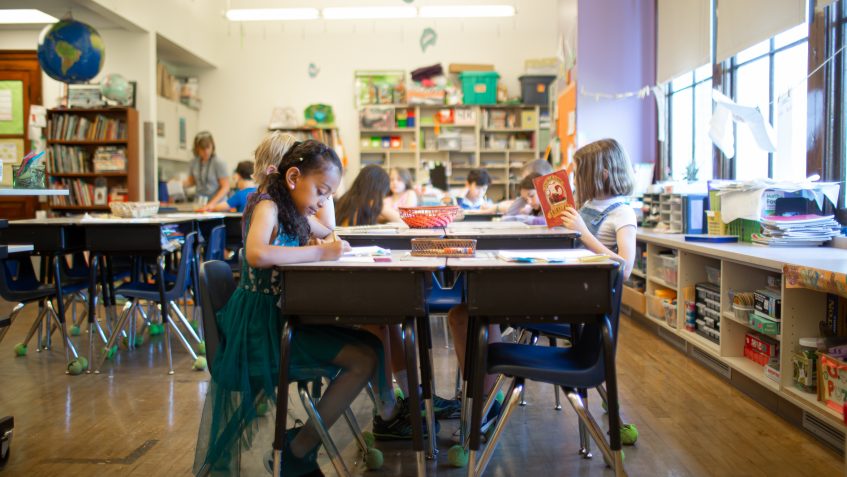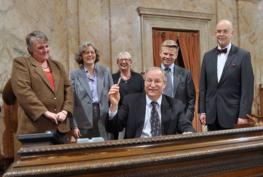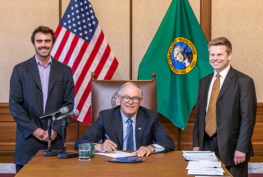The next school year starts in less than a month for public school students here in Seattle. My kids are excited to get back into their classrooms at Stevens Elementary, Thurgood Marshall Elementary, and Meany Middle School. Although work remains, our state has made substantial progress over the last few years on school funding, teacher pay, and closing the opportunity gap.
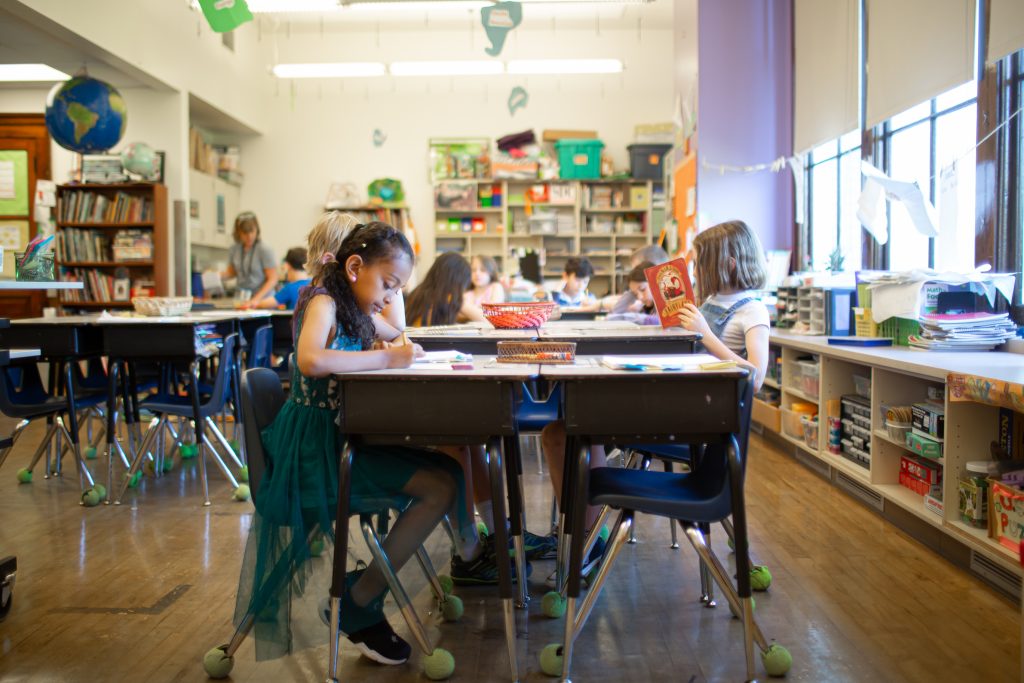
This year, the Legislature continued the critical work on what the state constitution identifies as our “paramount duty.” These new investments and policy changes should continue to improve the quality of education and opportunities our kids receive.
Levy flexibility and education funding
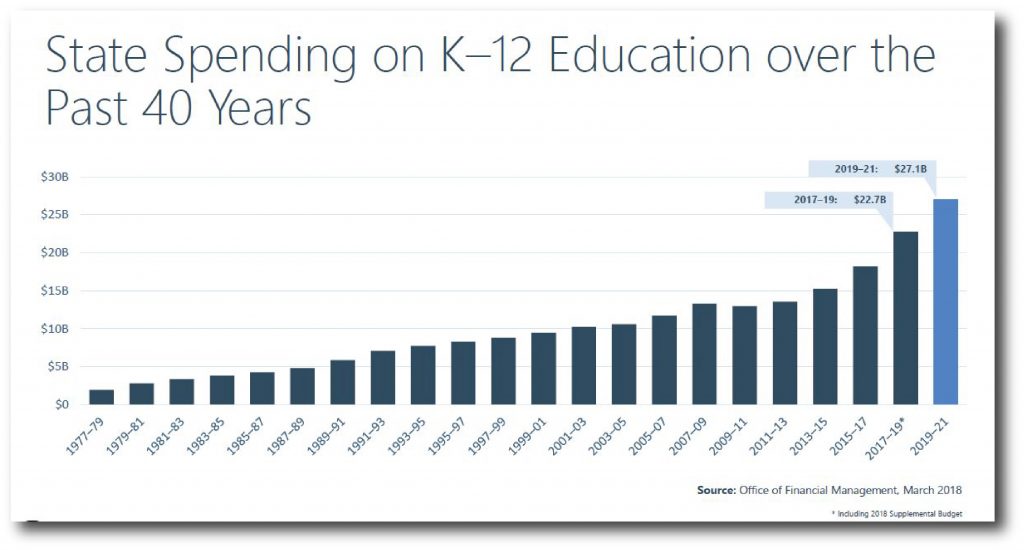
Although state funding for K-12 education has increased dramatically in the last six years, the 2017 education funding reform substantially reduced the ability of school districts to ask their voters for funding to meet local needs such as nurses, counselors, and librarians. As Seattle legislators warned at the time, this led to a substantial projected shortfall for Seattle Public Schools in the 2019-20 school year and beyond. I worked this session with my Seattle delegation colleagues to insist that our final budget deal include increased flexibility for Seattle voters to fund their public schools. As a result, Seattle Public Schools can collect more of the taxes that voters approved last fall and avoid the cuts they had announced in the spring.
For its part, the state will continue to fund all-day kindergarten, lower class sizes in K-3, higher teacher salaries, student transportation, and maintenance, supplies and operating costs. In addition, the 2019-21 capital budget includes $1 billion for school construction to modernize our facilities and give our kids more room to learn. Seattle legislators secured an additional $20 million in state capital funding to accelerate three projects that will reduce overcrowding.
Increasing support for special education
The Legislature took some small steps toward funding the actual cost of special education services for students with disabilities. The new budget includes a $155 million increase in special education over the next four years. This will help reduce the amount funded through local levies but is not adequate to meet the needs of our students. I will continue to use my positions on the Senate Early Learning & K-12 Education Committee and the Senate Ways & Means Committee to fight for full funding of this critical component of our education system.
Graduation pathways
We are continually striving to provide all students with a challenging learning environment and access to a meaningful diploma. At the same time, lawmakers recognize that students learn in different ways and have different goals. HB 1599 provides additional alternatives to standardized tests as high school graduation requirements. Students graduating in 2020 and later will be able to demonstrate career and college readiness through one of eight graduation pathways that align with their plans for high school and beyond. One of these pathways remains the standardized test for students who choose to use it. Other pathways include completing a sequence of career and technical education courses, meeting standards in the armed services vocational aptitude battery, or passing AP, International Baccalaureate or Cambridge International courses.
Over the next several weeks, I’ll continue to share updates on important issues the Legislature addressed this year. If you missed my previous updates on health care, gun safety, civil rights, climate change, orca recovery, behavioral health, or housing, you can read those here.
Best wishes,
Jamie
Senator Jamie Pedersen
43rd Legislative District
Jamie.Pedersen@leg.wa.gov
(360) 786-7628
